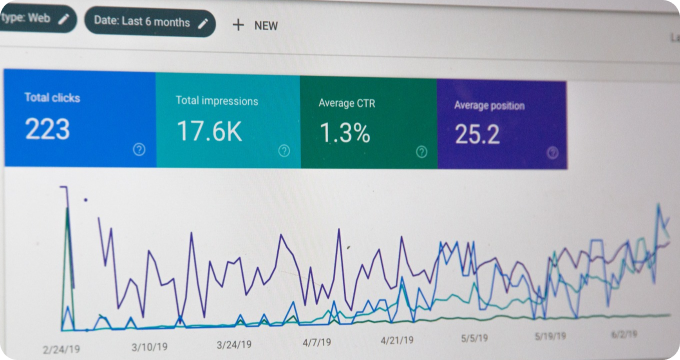The Future of Attic Insulation Installers: Predictions and Emerging Trends
- November 26, 2023
- 2 minutes
The realm of attic insulation installation, like many other sectors, is not immune to change. As technology evolves and awareness about energy consumption grows, this industry too is seeing a shift in trends and practices. This article will delve into the future predictions within this sector, and the emergent trends that are influencing the landscape of attic insulation installation.
Traditionally, attic insulation has been a fairly straightforward process. Materials like fiberglass, cellulose, or mineral wool were commonly used, and the focus was primarily on the resistance value (R-value) of the insulation - the measure of how well a two-dimensional barrier, such as a layer of insulation, a window or a complete wall or ceiling, resists the conductive flow of heat. The higher the R-value, the better the insulation material is at reducing the conductive heat flow.
However, as the global conversation around energy consumption, sustainability, and climate change intensifies, the insulation industry is being propelled to innovate. The emergence of 'green' and sustainable insulation materials, such as sheep's wool, cotton, and aerogel, are beginning to challenge the dominance of traditional materials. These materials offer comparable R-values but have lower embodied energy (the total energy required to produce a product), making them an attractive option for environmentally conscious consumers.
The rise of digital and smart technologies is also making its impact felt in this industry. Modern insulation materials are being designed to incorporate smart sensors that can monitor temperature and moisture levels, providing homeowners with real-time data about their attic's insulation performance. This data can be used to make informed decisions about when and where additional insulation is needed, leading to enhanced energy efficiency.
Moreover, the advent of advanced modeling and simulation tools has revolutionized the insulation installation process. Using these tools, insulation installers can create precise 3D models of the attic space, calculate the optimal amount and placement of insulation material, and even simulate the thermal performance of the proposed insulation solution. This technology-driven approach minimizes errors, waste, and guesswork, and ensures the highest level of insulation effectiveness.
However, the adoption of these trends is not without its challenges. Sustainable insulation materials, while environmentally friendly, tend to be more expensive than their traditional counterparts, potentially making them less accessible to cost-sensitive consumers. Furthermore, the integration of smart technology into insulation materials requires a higher upfront investment and may require ongoing maintenance, increasing the total cost of ownership.
There is also the question of regulatory compliance. As the industry evolves, so too do the regulations that govern it. Ensuring compliance with ever-changing building codes and energy efficiency standards can be a complex task for insulation installers. Failure to comply can result in hefty fines and penalties, and may hinder the adoption of emerging trends and technologies.
In conclusion, the future of attic insulation installers looks bright, albeit challenging. The sector is poised to benefit from the advent of sustainable materials and digital technologies, which promise greater energy efficiency and improved performance. However, these benefits come with their own set of challenges, including higher costs and complex regulatory requirements. As the industry continues to evolve, attic insulation installers will need to adapt and innovate in order to stay competitive.
Learn More
Unearth the secrets of a cozy, energy-efficient home by delving deeper into our enlightening blog posts about attic insulation installers. For those seeking expert services, they are encouraged to explore our comprehensive rankings of the Best Attic Insulation Installers in Chicago.
Popular Posts
-
 4 Compelling Reasons Why You Need Professional Attic Insulation Installers
4 Compelling Reasons Why You Need Professional Attic Insulation Installers
-
 How to Create a Budget for Attic Insulation Installation Projects
How to Create a Budget for Attic Insulation Installation Projects
-
 Ask These Questions to an Attic Insulation Installer to Choose the Right One for Your Home
Ask These Questions to an Attic Insulation Installer to Choose the Right One for Your Home
-
 9 Essential Questions to Ask Your Attic Insulation Installer
9 Essential Questions to Ask Your Attic Insulation Installer
-
 9 Things I Wish I'd Known About Attic Insulation Installers Before Hiring One
9 Things I Wish I'd Known About Attic Insulation Installers Before Hiring One






